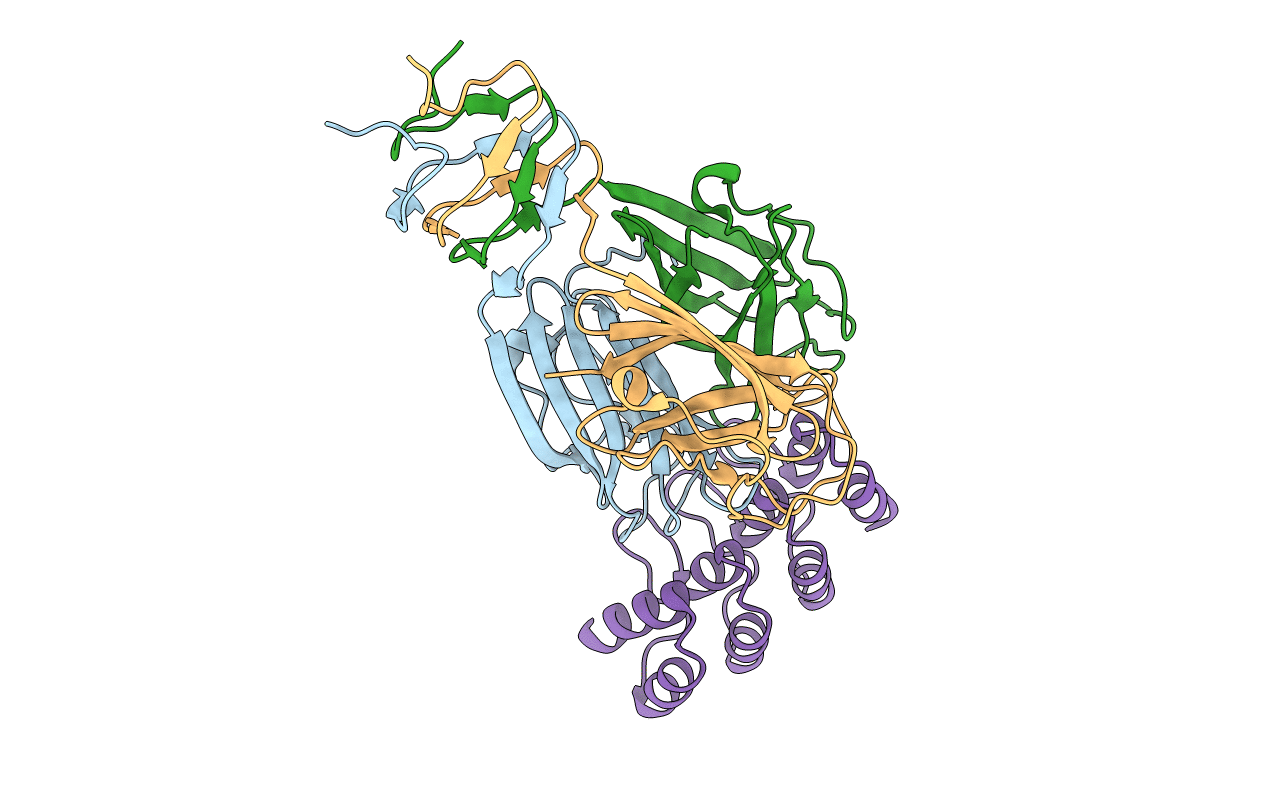
Deposition Date
2009-05-13
Release Date
2009-09-08
Last Version Date
2023-09-06
Entry Detail
PDB ID:
3HG0
Keywords:
Title:
Crystal structure of a DARPin in complex with ORF49 from Lactococcal phage TP901-1
Biological Source:
Source Organism:
Lactococcus phage TP901-1 (Taxon ID: 35345)
artificial gene (Taxon ID: 32630)
artificial gene (Taxon ID: 32630)
Host Organism:
Method Details:
Experimental Method:
Resolution:
2.10 Å
R-Value Free:
0.24
R-Value Work:
0.20
R-Value Observed:
0.20
Space Group:
P 21 21 21


